Industry Outlook
Manheim Used Vehicle Value Index Report – October 2016
Monday November 28, 2016
Article Highlights
- October was a good month but not good enough to prevent a growing inventory overhang.
- CPO sales fell for the second consecutive month in October, but they remain up 3% year-to-date.
- Only vehicles in the $13,000 to $14,000 range are escaping the downward pressure.
Wholesale Prices Fall in October
Wholesale used vehicle prices (on a mix-, mileage-, and seasonally adjusted basis) declined 0.7% in October. Non-seasonally adjusted prices declined 2% during the month. The Manheim Used Vehicle Value Index stood at 126.0 for October, an increase of 0.6% from a year ago.
Although the Manheim Index is mix-adjusted, it does not account for overall inflation in new vehicle pricing or the shift to higher trim levels. As such, the Index will show an upward movement over time, and it is not inconsistent for the Index to be “up” even as commercial consignors report less-than-satisfying end-of-term lease residuals or lower repossession recovery rates.
For those perspectives, it is better to look at the Index relative to its trend or in relation to a host of current and past new vehicle price measures. On that scale, wholesale pricing has shown some easing of late, but it is not particularly weak. This is in line with our beginning-of-the-year expectation as we fully expected the wholesale supply challenges would be more daunting in 2017 and 2018 than in 2016.
New Vehicles Keep Selling – With Some Additional Aid
New car and light duty truck sales in October were about 6% lower than a year ago, but the seasonally adjusted annual selling rate (SAAR) was nearly 18 million – the highest pace of the year. The SAAR was artificially boosted by a two-day selling day adjustment, and the unit volume was supported by higher incentives. Even so, it was a good month; but not good enough to prevent a growing inventory overhang. Look for some production cuts ahead. Otherwise, there will be a need for even greater incentives and an inevitable downward pressure on used vehicle residuals.
Used Vehicle Retail Market Remains Supportive To Residuals
Third-quarter results for the six franchised dealership groups confirmed the pattern that we noted in the earlier CarMax report. Namely that, although overall results were greeted less than enthusiastically by financial analysts, the key metrics of importance to future used vehicle values – same-store sales growth and gross margins – were positive. Sales-weighted same-store retail used unit sales were up 1% in the third quarter. It was the 28th increase out of the past 29 quarters, and gross margins were stable.
CPO sales fell for the second consecutive month in October, but they remain up 3% year-to-date. The lower end of the used car market also bears watching in the months ahead. In recent years, there has been a greater use of down payment deferral programs to get a jump-start on the tax selling season; but the actual flow of refunds is still important. In 2017, the PATH Act requires that the IRS hold tax refunds claiming the Earned Income Tax Credit (EITC) until Feb. 15. And, according to IRS data, in past years, more than $100 billion in tax refunds had already been disbursed by mid-February, with much of that being EITC monies, which have the highest correlation with lower-end retail used vehicle sales.
Rental Risk Pricing Slips In October
In October, rental risk units sold at auction had a slightly smaller than normal seasonal decline in volume, but a slightly larger than normal decline in pricing. Average mileage, at approximately 38,500 miles, was higher than September, but 15% below last October. Auction pricing adjusted for broad changes in market class and mileage showed a 3% decline from September and a 2% decline from a year ago.
Pricing Trends By Market Class And Price Tier
On a year-over-year basis, wholesale pricing for cars, for the most part, remains down, while pricing for pickups, vans, SUVs, and crossovers is up. In recent months, however, the easing in pricing has been across the board, and the difference in price performance between cars and trucks has narrowed considerably.
An analysis of changes in average mileage by price tier suggests widespread declines in wholesale pricing in October, with only vehicles in the $13,000 to $14,000 range escaping the pressure. Additionally, vehicles in lower price tiers showed only slight weakness.

